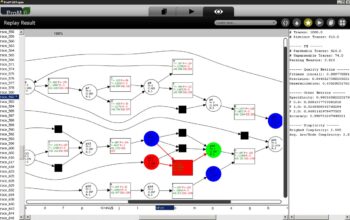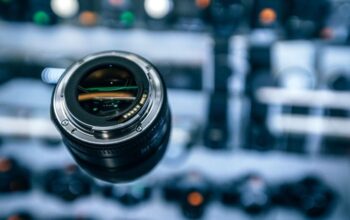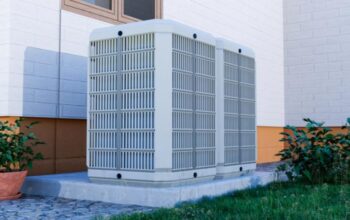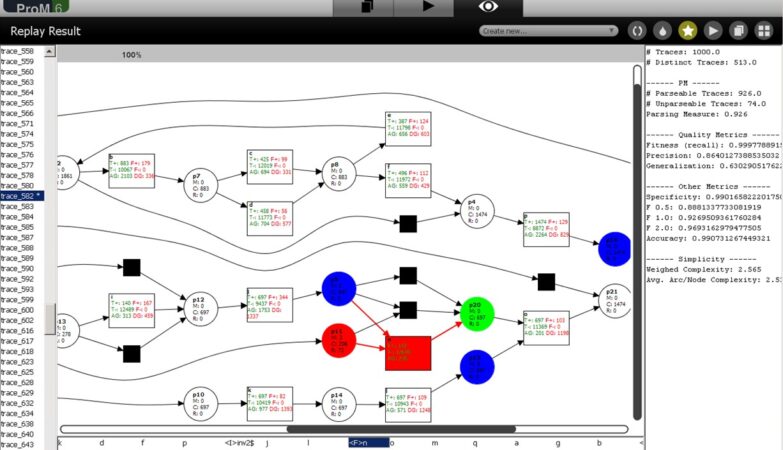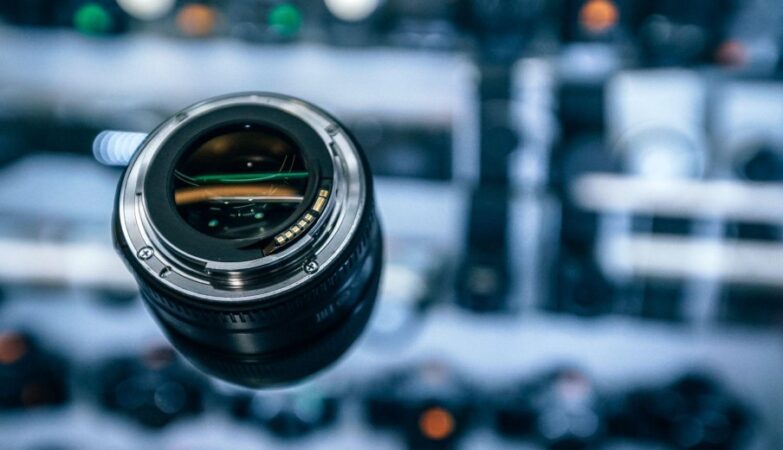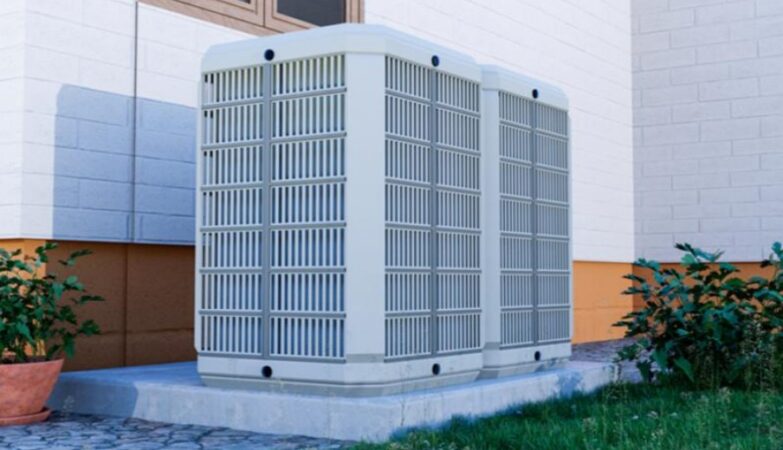If your office sees a parade of visitors every day, a reliable CCTV setup has become an essential part of workplace operations. It becomes a quiet, watchful colleague that never clocks out. From reception areas to meeting rooms, every high-footfall zone needs the right kind of surveillance.
CCTV systems in Singapore offices support video recording and other operational tasks. They help with incident verification, visitor traceability, and even entry time management. But picking a system that fits a visitor-heavy office means thinking beyond the camera lens.
Visibility Starts at the Door
The first thing guests see is usually the main entrance, not the receptionist, and your front entrance. This is why coverage at access points is crucial. A CCTV system positioned well at the main door records who enters and when, creating a visual log that supports access management.
This is particularly helpful when visitor logbooks fall short or go missing. Footage offers a second layer of accountability. Whether it’s a vendor arriving for a quick drop-off or a client who pops by unannounced, the system keeps an eye out so staff don’t have to guess who came through.
Match the Camera to the Environment
Office lobbies, corridors, and shared spaces vary in size and lighting. Dome cameras may work better in reception zones with lower ceilings, while wide-angle lenses can cover large foyers without the fish-eye effect. Offices that handle visitors in staggered batches or group meetings may also benefit from cameras with audio recording for dispute handling.
A trusted CCTV supplier in Singapore will often recommend models suited for indoor lighting changes and backlit entrances. This matters more than it sounds, especially if your camera faces direct sunlight or sits near bright digital signboards.
More Visitors, More Logs to Verify
CCTV systems in Singapore offices with high visitor traffic are often used to back up sign-in logs. This helps when there’s a mismatch between paperwork and presence. If someone forgets to sign out, the footage shows when they actually left. It’s an understated way to keep logs honest without chasing after everyone with a clipboard.
If your office uses a digital visitor system, integrating it with CCTV can create a synchronised record that links footage to timestamps. That means less back-and-forth during audits and better response if an incident occurs.
Storage: Don’t Set It and Forget It
One common issue offices face is running out of storage for recorded footage. The more visitors you have, the more motion the cameras detect, and the faster storage fills up. This is where adjustable retention policies come in.
Ask your CCTV supplier in Singapore about systems that allow for selective archiving. For example, reception camera footage may only need a seven-day loop, while footage near secure file storage areas might require 30 days or more. Smart storage is better than bulky backups.
Privacy Signs Matter
When your office has regular foot traffic, staff privacy is important, and so is the privacy of visitors. Signage that informs guests about active CCTV use is both a legal requirement and good practice. The Personal Data Protection Act (PDPA) in Singapore mandates that offices using CCTV must notify all individuals being recorded.
Placing clear signs at entrances, lobbies, and common areas ensures compliance and keeps expectations in check. A little transparency goes a long way in keeping your workplace professional.
When Cameras Meet Common Sense
No system replaces human judgement, but a good CCTV setup helps staff make faster, smarter calls. If someone loiters in restricted areas, the footage can be reviewed before making accusations. If an item goes missing during a visitor-heavy period, the visual log helps narrow things down.
CCTV systems aren’t there to create a climate of suspicion. In offices with steady visitor flow, they help draw a line between casual oversight and real risk. Think of them as your silent witness, not your silent judge.
What to Ask Your CCTV Supplier
When working with a CCTV supplier in Singapore, be clear about your visitor flow. Share how many people pass through daily, what areas they frequent, and which parts of the office hold sensitive material. A good supplier will tailor a system that fits rather than offering a one-size-fits-all setup.
Ask about support, warranty, integration, and response time. A high-traffic office cannot afford frequent downtime or slow troubleshooting. Contact iDLink Systems to install CCTV systems that help your office stay sharp, secure, and visitor-ready.



